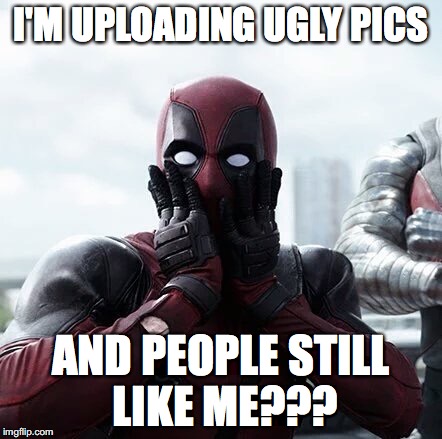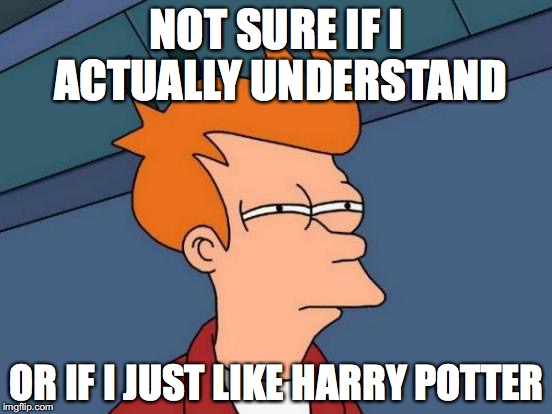It’s become obvious over the last few years that people are more and more obsessed with how they appear to other people online. Obviously when MySpace was around, people still cared about how they looked (which is why we had hot pink and black pages, with Avril Lavigne quotes everywhere). But now it has shifted into something completely different. Even I’m a culprit. There have been times where I’ve made my friend take dozens of photos of me in the same position, just so I can get at least one good one for Instagram. And sometimes, if the photo doesn’t fit the aesthetic of my “feed”, I won’t post it anyway.
So over the last couple of days, I’ve tried to stop that and just post what I want to post. Raw and authentic (with the exception of a black & white filter every now and then). I began this journey by going through my camera roll and finding the ugliest photo I have of myself, and posting it without any filter or editing. Surprisingly, I received such a good response. People kept liking and commenting, and surprisingly, I gained followers.
It made me think that maybe, sometimes, people are more willing to follow someone who shows humour on their page or showcases a more realistic lifestyle that people can relate to. Obviously having a cohesive feed works (considering so many “Instagram models” have millions of followers and dollars) but maybe taking the other route will make us more happy as a society and also less pressured to fit into unrealistic moulds set by “famous” people on social media.
While I’m here, feel free to check out the GLORIOUS photo of me on my Instagram, that sparked this journey – @josiehowl


